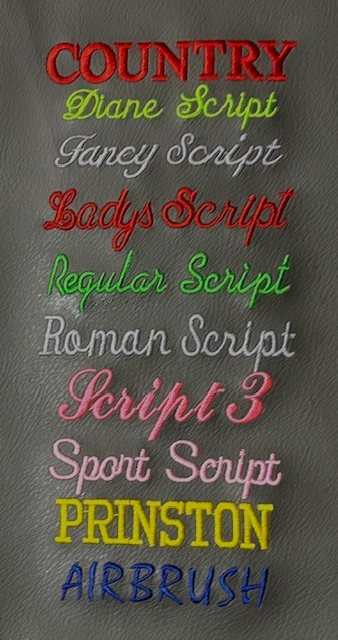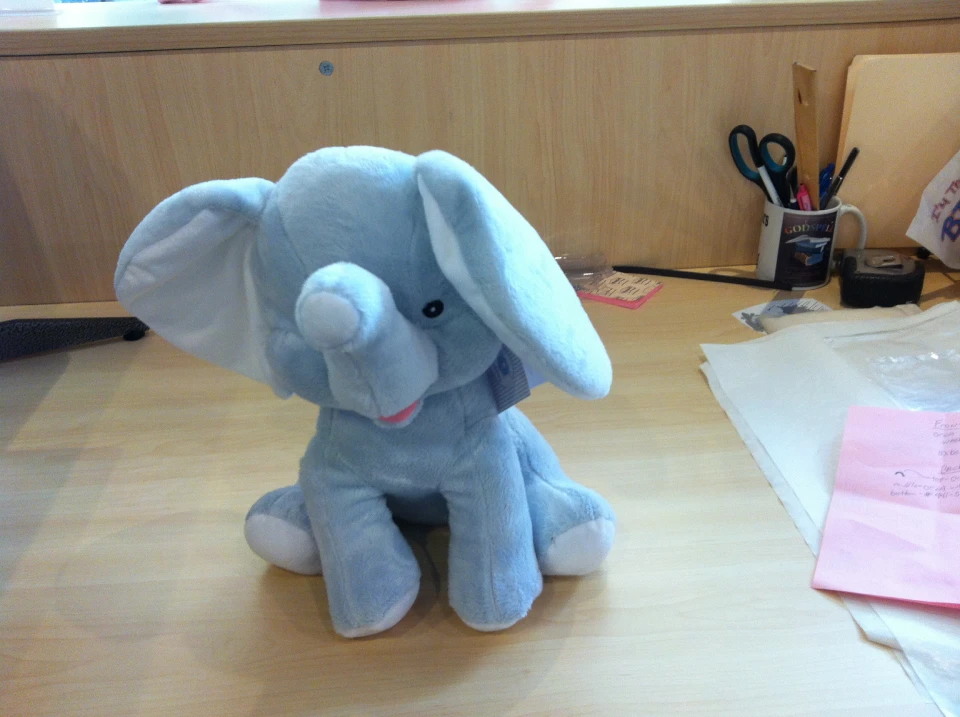Embroidered Sports Teams Names and Numbers - Specialist and Long lasting
The Art of Custom-made Embroidery: Unlocking the Keys to Creating Unique and Remarkable Designs
The tricks to creating customized embroidery designs that astound the eye and leave a long lasting impression lie in a fragile balance of technique, imagination, and focus to detail. As we dig right into the world of custom needlework, we discover the nuanced interaction in between thread option, sew complexity, and design personalization that boosts a mere garment to a work of art.
Selecting the Right Needlework Threads
When picking embroidery threads, what crucial elements should you think about to make certain the very best results for your personalized styles? The option of needlework string is critical in establishing the final end result of your embroidered layout. Among the main factors to consider is the product of the thread. Different materials such as cotton, polyester, rayon, and silk provide differing levels of shine, sturdiness, and structure. It is vital to choose a string material that complements the material you are stitching on and lines up with the preferred look of the design.
Additionally, the weight or thickness of the string plays a considerable role in the appearance of the needlework. Thicker strings can include measurement and structure to your design, while finer strings are suitable for complex information and small message. Additionally, taking into consideration the shade fastness and washability of the thread is critical to ensure that your personalized designs preserve their top quality and vibrancy in time. By very carefully evaluating these variables and picking top notch threads that meet your details requirements, you can improve the aesthetic allure and durability of your stitched productions.
Discovering Various Stitch Techniques
To look into the world of 'Exploring Various Stitch Techniques', one need to realize the intricacies and nuances that each sewing method brings to the art of embroidery. Various stitch methods not only include aesthetic interest but additionally add to the overall appearance and dimension of the style. One preferred stitch method is the satin stitch, which involves carefully packed parallel stitches to produce a smooth and shiny surface, suitable for filling in forms and developing bold lays out.
On the various other hand, the backstitch is a functional technique commonly used for describing and adding fine details. It includes sewing in reverse to create a strong line of embroidery. Furthermore, the French knot stitch adds a responsive element to designs, perfect for producing textured accents like flower facilities or decorative men's wearhouse tailoring prices touches.
Exploring different stitch strategies enables embroiderers to play with light, shadow, and depth within their styles, raising the visual allure and artistic top quality of their needlework projects. By grasping various stitching techniques, one can unlock limitless possibilities for producing unique and remarkable custom-made needlework pieces.
Incorporating Personalized Style Elements
Having checked out the details of various stitch strategies such as the satin stitch, backstitch, and French knot, the focus currently shifts towards integrating individualized style elements in custom-made embroidery tasks. Customized design aspects play a crucial duty in making embroidery projects genuinely one-of-a-kind and unforgettable.
An additional method to include tailored layout elements is by including signs or themes that hold special significance to the recipient or show their rate of interests and personality. Including a favorite flower, animal, or hobby-related icon can make the needlework style more significant and customized. Additionally, choosing shades that resonate with the recipient or align with the desired motif can additionally enhance the customization of this content the embroidery task.
Mastering the Art of Shade Sychronisation

One trick facet of color coordination is comprehending color theory. This includes understanding exactly how various taylor for suits colors engage with each other, the emotions they convey, and just how they can be incorporated to produce visually attractive layouts. By using shade theory concepts, embroiderers can create harmonious shade schemes that improve the general appearance of the style.
Additionally, paying attention to contrast is essential in shade sychronisation. Making use of contrasting colors can help particular aspects of the layout pop, improve readability, and create an aesthetically dynamic needlework piece. By understanding the art of shade coordination, embroiderers can boost their layouts and create remarkable pieces that reverberate with clients and viewers alike.
Enhancing Texture With Advanced Embroidery Stitches

Bullion knots, on the other hand, can be used to create twisted, ropelike components that include a glamorous feel to the embroidery. Exploring with these sophisticated needlework stitches enables you to press the boundaries of conventional needlework and produce truly special and visually attractive structures in your designs.
Verdict
To conclude, the art of customized needlework entails a mix of selecting the ideal threads, exploring various stitch strategies, incorporating customized design elements, understanding shade sychronisation, and improving texture with sophisticated stitches. By comprehending and implementing these key aspects, embroiderers can produce distinct and memorable designs that showcase their creativity and skill. Needlework fanatics can open the tricks to producing attractive and bespoke items that stick out and leave a long-term impression.